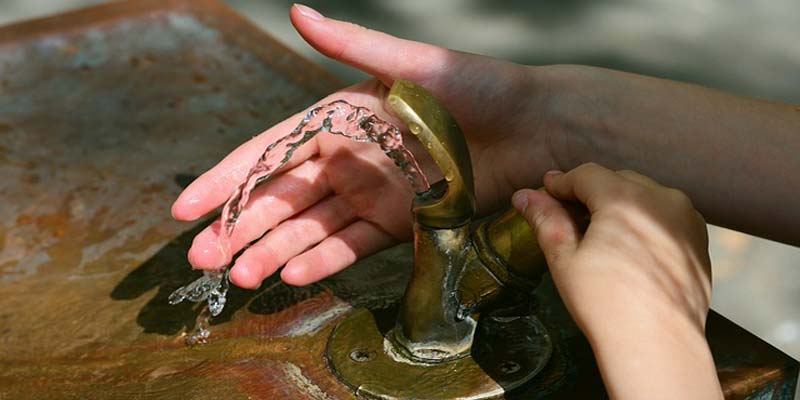Lead in Drinking Water
Warning! Lead to Be Shown Leaching from Brass Taps
The presence of lead in tap water is often due to old plumbing used to bring water to your house and even more often due to the plumbing in your house. When water sits in the pipes for 6 hours or more Lead can seep from the pipes into the water. How can you know if there is lead in your tap water? And what can you do about it if you find it?
A Bit about Lead
Experienced plumbers advise that lead is soft, gray metal that is used in a variety of ways. It was used extensively in plumbing both for making lead pipes and for soldering before it was phased out then banned. Before 1960, paint used inside houses commonly contained lead until it was discovered that paint chips in water or paint dust inhaled were both very toxic.
How Does Lead Get into Our Drinking Water?
Houses built in the 50’s and 60’s often used lead pipes in home plumbing. The service lines bringing water to individual homes were often made of lead. This resulted in high levels of lead in drinking water. Lead solder was used to seal the joints of copper pipes and leas leaked into drinking water from this solder.
Still Lead About
Even today, brass fixtures and faucets can contain up to 8% lead. This is still a significant source of lead in drinking water and is particularly true when hot water is used. The level of lead in drinking water increases the longer the water sits in pipes without being used. If it sits 6 hours or longer, more lead leaks into the water. Also, acidity in water will corrode or dissolve lead in the plumbing more rapidly.
What Can We Do About It?
The only way to really know how much lead is in your tap water is to test it at your tap. You can’t go by official reports because they give you the reading before your water goes through the water lines of the community or before it sits in the plumbing of your house.
Recent Studies
A survey carried out in some homes in Perth found that samples from 212 homes resulted in traces of lead being found in the drinking water of 56% of the samples. About 8% of those had lead content over and above the limit set in the Australian Drinking Water Guidelines. Further testing showed that the lead was found to be from brass taps.
Are there Consequences to Having Lead at Any Level in Drinking Water?
All the research done points to yes…that lead even in the most minimal amounts can be harmful to the human body to some degree…and most especially to children.
The Effect on Kids
Children are the ones most apt to be seriously affected by any levels of lead in the water they drink… no matter how low. Lead poisoning can cause a reduced IQ, learning disability and behaviour problems such as a shortened attention span along with hypertension.
And Adults
Adults are not free from consequences of lead in drinking water either. It can account for high blood pressure, a reduction in the production of hemoglobin, and an interference in the nervous system.
Every household with indoor plumbing has some level of lead in its tap water resulting in water that may indeed represent a risk to the health of those drinking it.


